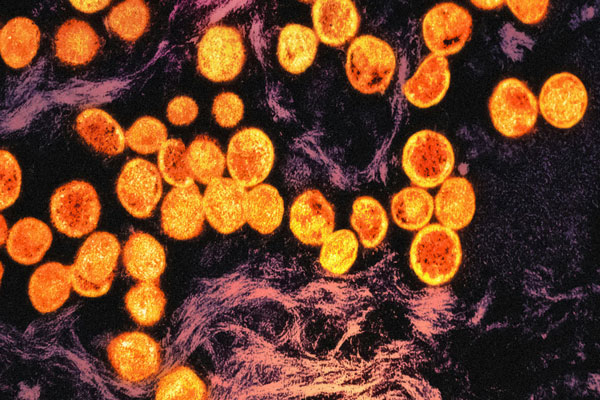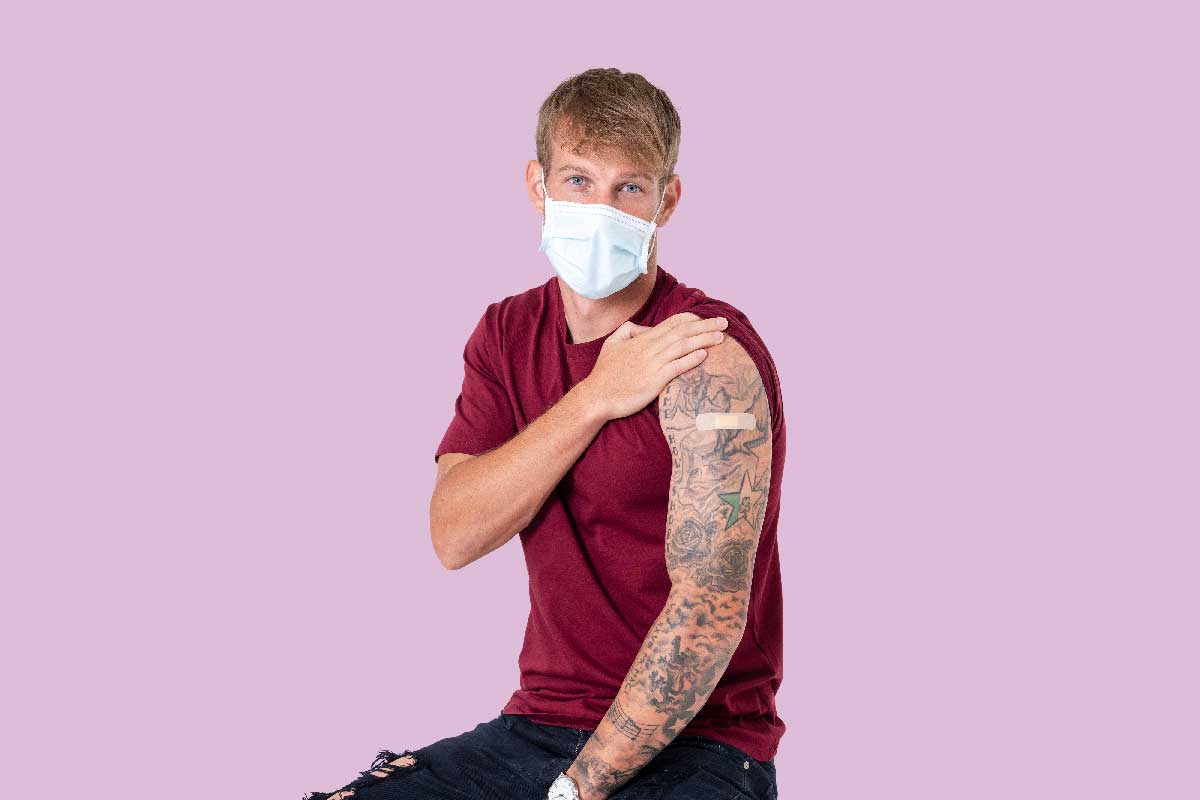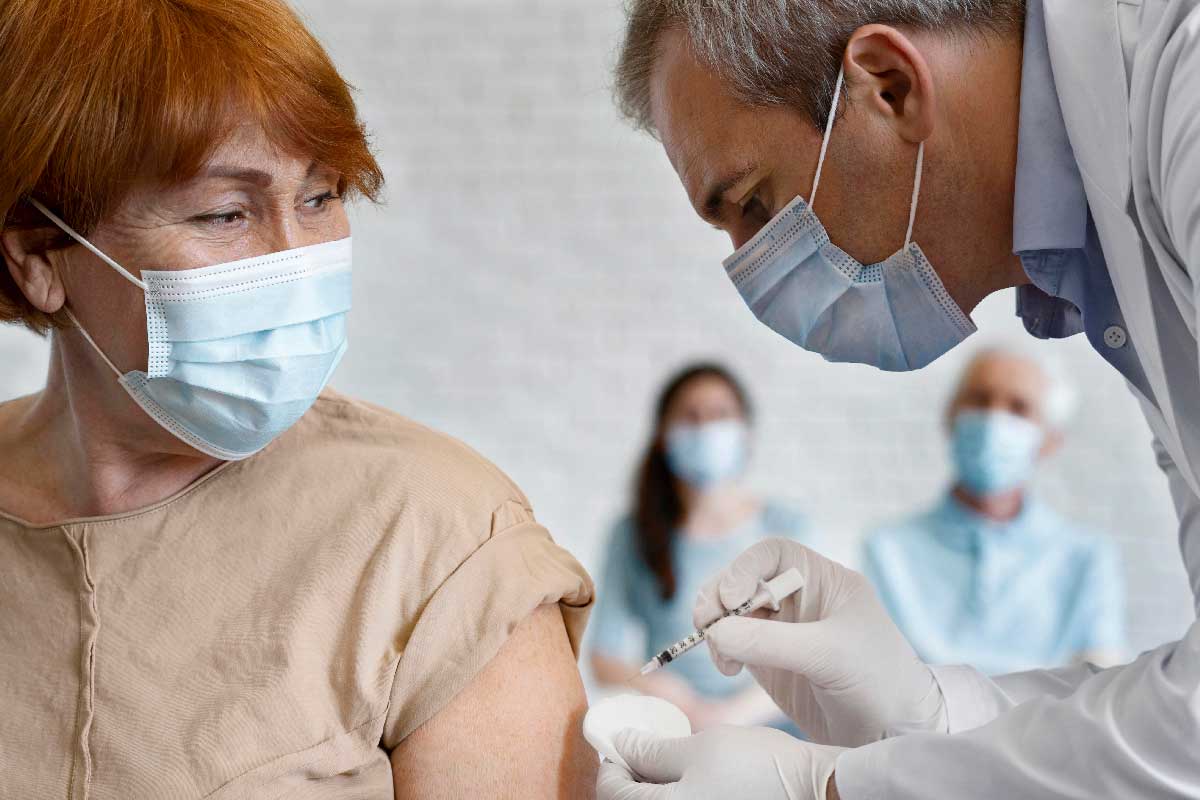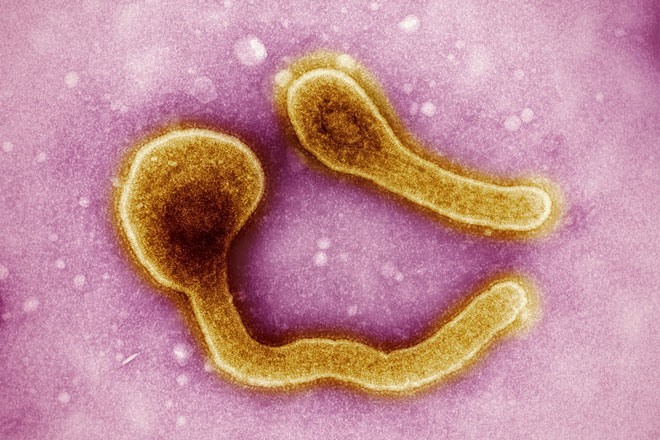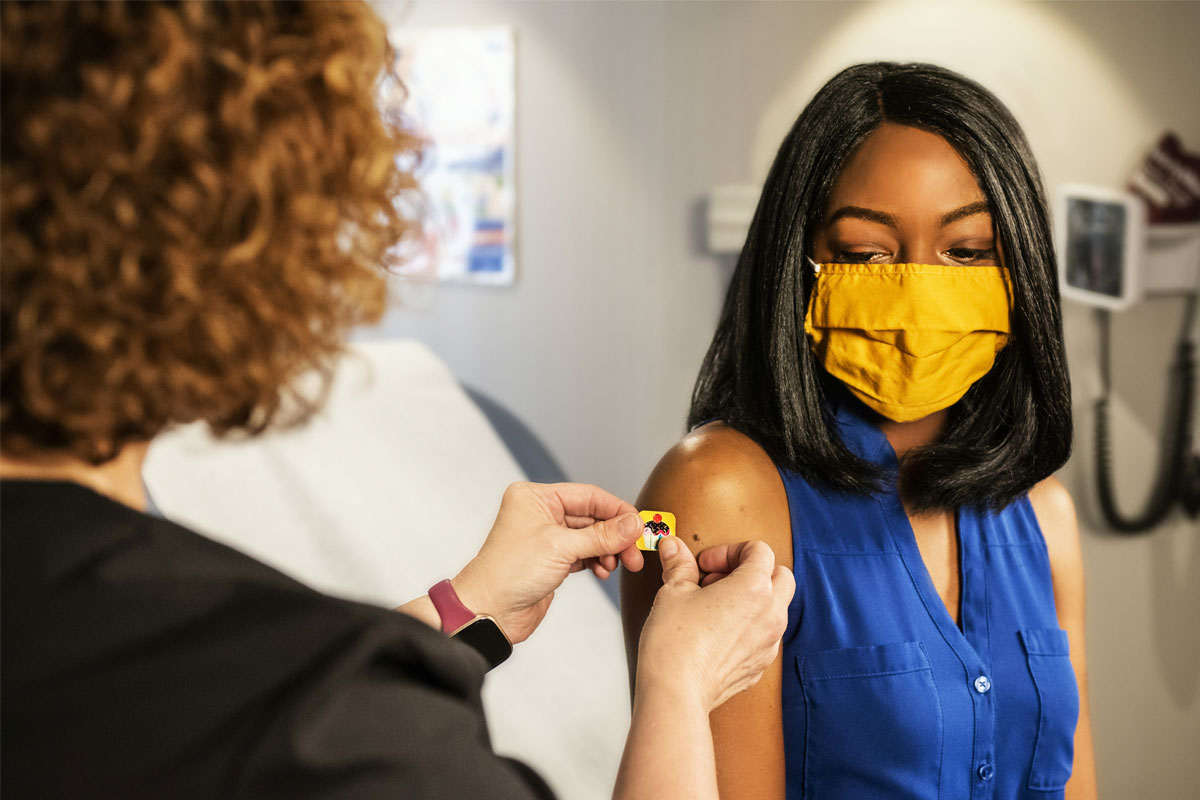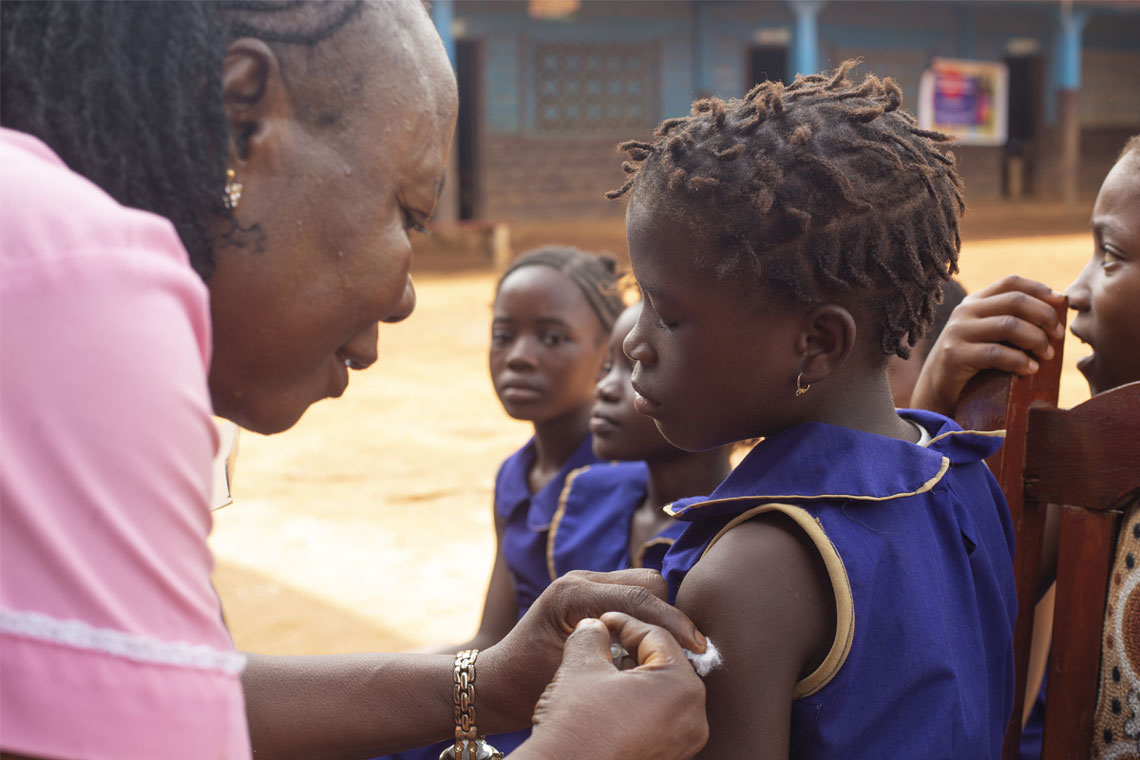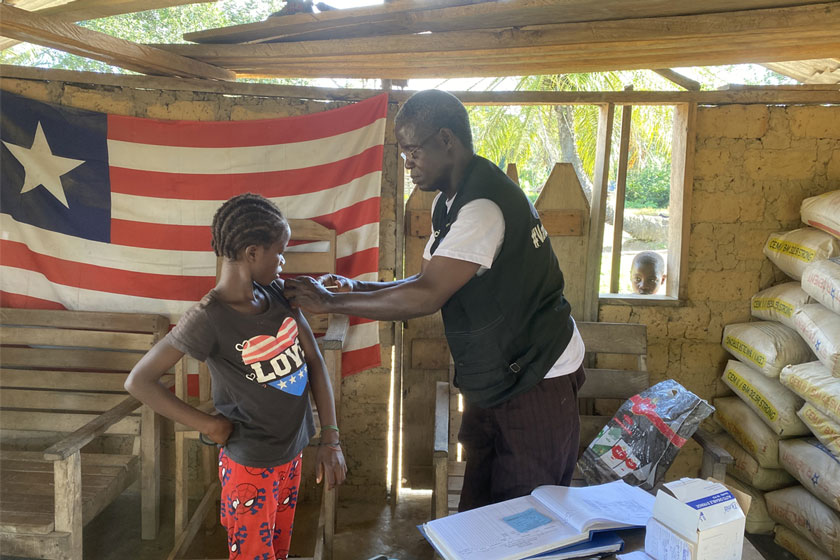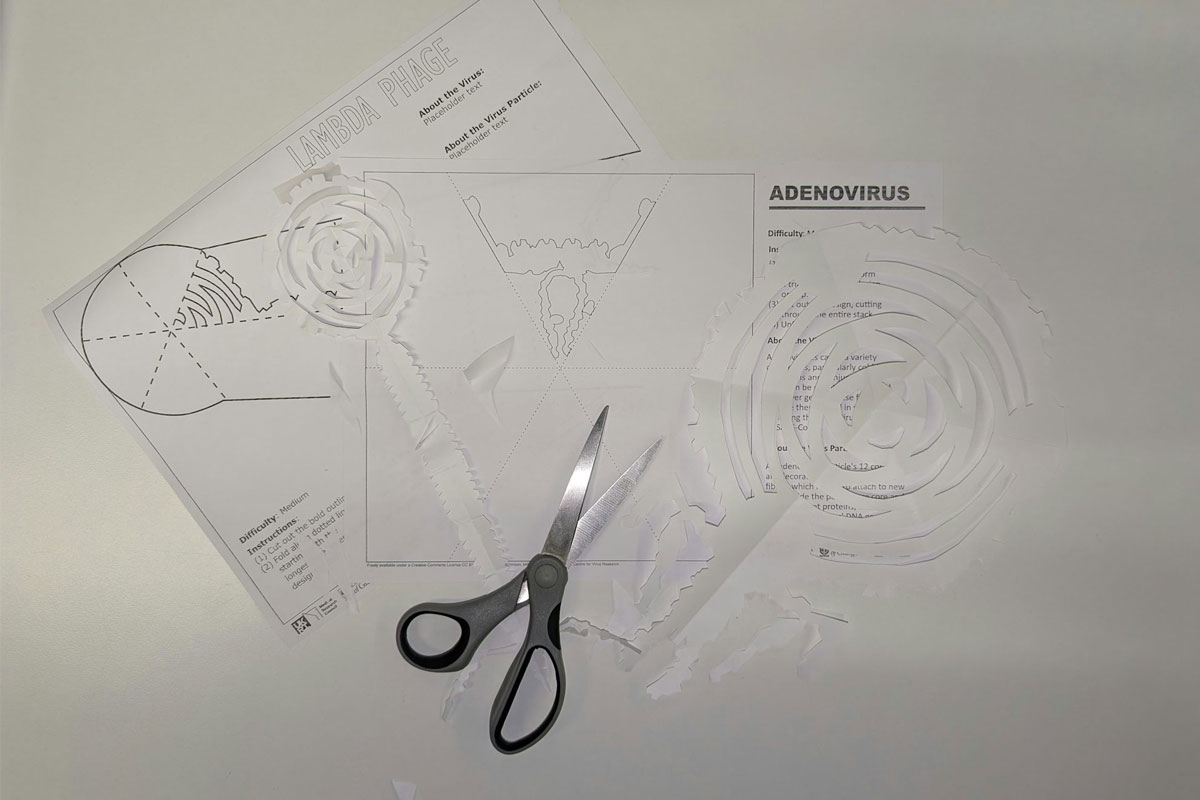New research finds HPV vaccine delivers herd immunity, protecting unvaccinated women
A 17-year study shows evidence that widespread vaccination can cut cervical cancer risk across whole communities.
- 1 October 2025
- 3 min read
- by Priya Joi
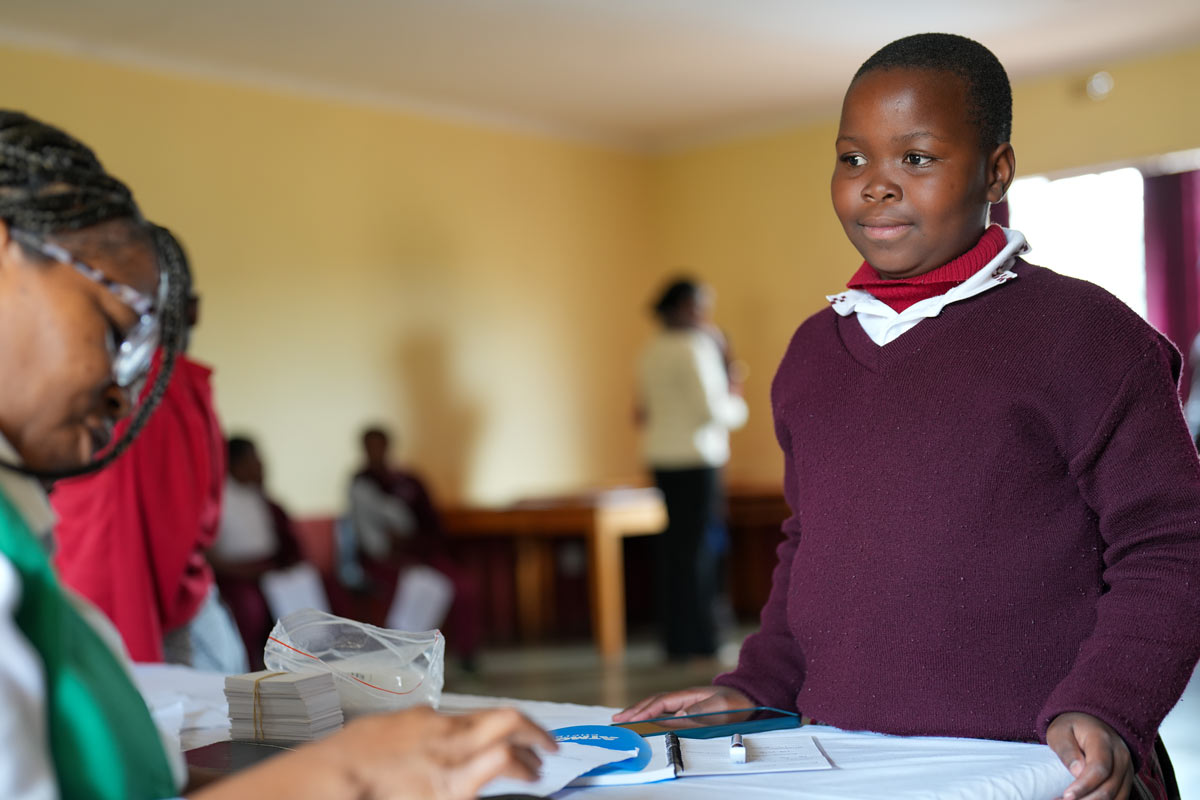
A study spanning nearly two decades has found that vaccinating communities against human papillomavirus (HPV) doesn’t just protect those who receive the shot, it also helps shield women who haven’t been vaccinated.
HPV is the main cause of cervical cancer – a leading cause of death among women, especially in low- and middle-income countries.
The HPV vaccine, if received in early adolescence, is known to be highly effective at preventing cervical cancer in later life.
Led by researchers at Albert Einstein College of Medicine and published in JAMA Pediatrics, the research analysed data on more than 2,300 adolescent and young adult women aged 13 to 26 years at enrolment, from 2006 to 2023.
The researchers found that HPV vaccination programmes offered significant protection through herd immunity: immunity conferred on unvaccinated people when enough people are vaccinated in a community.
Widespread vaccination would have lowered overall transmission of the virus, benefitting even those not immunised.
Dr Jessica Kahn, professor of paediatrics at the Albert Einstein College said that while randomised controlled studies had clearly shown the value of the HPV vaccine, the team wanted to “evaluate how the vaccine works in real-world settings that included young women who were at relatively high risk for HPV and had different levels of vaccine uptake”.
Dramatic drops in HPV infections
Over the study period, HPV vaccination coverage in Cincinnati, USA, where the study data was taken from, rose from 0% to 82%.
During that time, HPV infections in vaccinated women fell steeply:
- In women covered by the bivalent vaccines against HPV types 16 and 18, infections dropped by 98.4%
- In women covered by the quadrivalent vaccines against HPV types 6, 11, 16 and 18, infections fell by 94.2%
- Infections of types addressed by the newer nonavalent vaccine dropped by 75.7%
Even among women who never received the vaccine, infection rates for HPV types covered by older vaccines declined dramatically.
- Infections with HPV types included in the bivalent vaccine decreased by 71.6%
- Infections with HPV types included in the quadrivalent vaccine dropped by 75.8%
Data for herd immunity from the nonavalent vaccines is still underway.
Have you read?
The decline is attributed to vaccination
“Our analysis of the data indicates that those reductions in infection rates were primarily due to the vaccine’s introduction and not because of changes in sexual behavior or other factors,” said Aislinn DeSieghardt, the paper's first author and clinical research coordinator at the Cincinnati Children’s Hospital Medical Center.
Because the study tracked trends over such a long span and included women at higher risk (for example many had multiple sexual partners or prior STIs) the results offer compelling “real-world” validation of the vaccine’s broader population impact.
The study reinforces that strong vaccine uptake in a community can have important collateral benefits, reducing the burden of HPV even among those who are unvaccinated.
Dr Kahn concludes that “By expanding uptake of this highly safe and effective vaccine, and ensuring access to screening and treatment, we can achieve one of the greatest public health victories of our time: the elimination of cervical cancer worldwide.”
